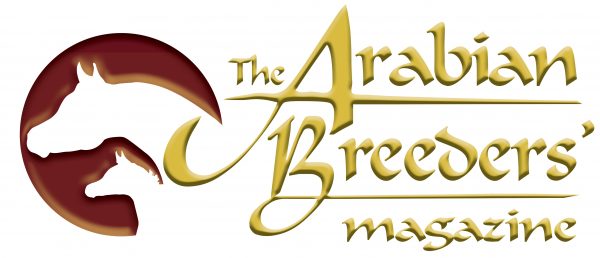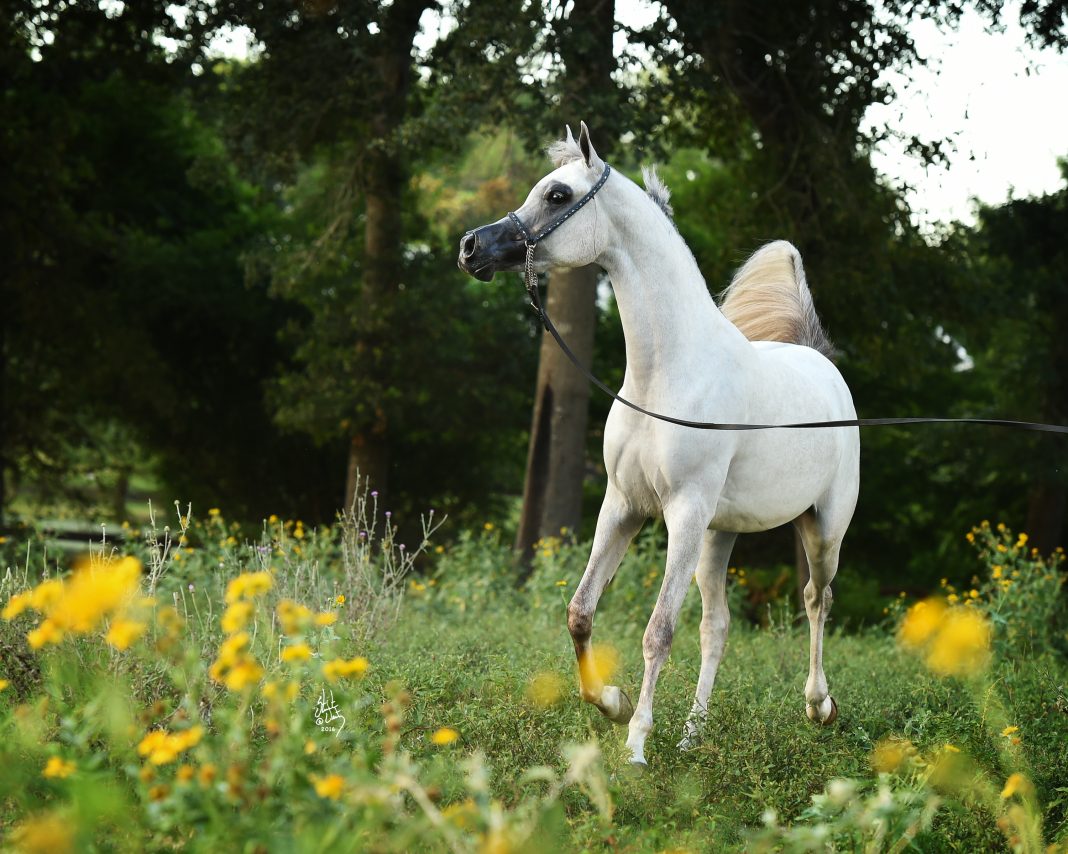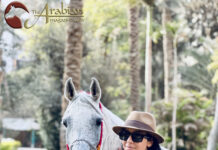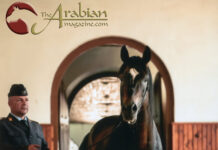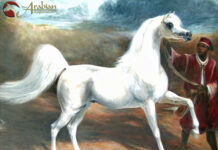First printed in The Arabian Breeders’ Magazine Volume I Issue I September 2016. Please enjoy this interview with Dawn Martin.
In every edition of The Arabian Breeders’ Magazine, we speak to a selection of breeders from around the world about their experiences and successes with their breeding programme. We are delighted to share some of these incredibly insightful features online.
The Arabian Breeders’ Magazine (TABM): Please share with our readers a short background to your farm.
Dawn: Albidayer Stud started in Sharjah, United Arab Emirates, around 2004, when Sheikh Mohammed bin Saud Al Qasimi purchased a few Russian mares from Sax Arabians. He then became interested in buying a few more horses, and some of his next purchases were from the USA. There was a Falcon BHF (Bey Shah x Bey Serenade SF by Bey Shah) daughter named Falcon’s Lovesong BHF (ex BHF Shahs Luvsong by Bey Shah), Mattaharii (Magnum Chall HVP x Belindaa by Mishaah), and a young Marwan Al Shaqab (Gazal Al Shaqab x Little Liza Fame by Fame VF) son, Marajj (ex RGA Kouress by Kouvay Bey).
TABM: What have been the bloodlines that you have focused on, and why did you choose them? Has this focus changed over the years?
Dawn: Primarily, the focus has been on some of the newer bloodlines of Gazal Al Shaqab (Anaza El Farid x Kajora by Kaborr), both directly and also through his son, Marwan Al Shaqab, as well as the Padron (Patron x Odessa by Bright Wings) lines through Padron’s Psyche (Padron x Kilika by Tamerlan) and some of his descendents. Most of this has come into play because of the first horses purchased, and when you own a stallion, of course you try to use him to his full extent within your programme and find the lines that he may go best with.
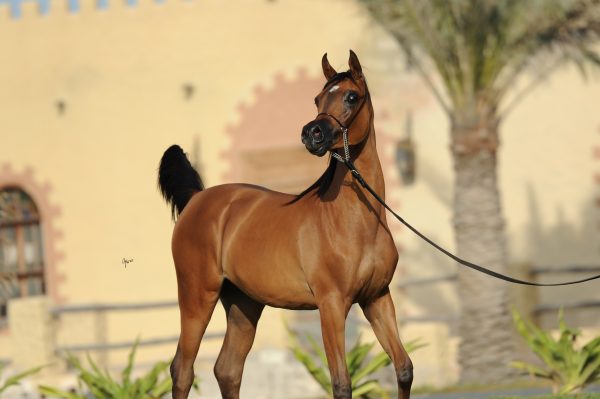
Maram Albidayer. Credit Gregor Aymar.
TABM: What were your breeding goals when you first started? Have they changed over the years?
Dawn: The goal has always been to try to breed a complete horse. Not just a pretty face or not just the longest neck. A horse that can compete anywhere in the world and do well, and even if it is not always the top winner, be respected for being high quality and competitive in any field. While that goal is still in place, we are always looking for a slightly different line to add in to give some depth to the programme as it seems as if all the breeding programmes have become based on all the same lines. It is becoming harder and harder to find the good stallions to outcross to, as all the main ones are now so closely related.
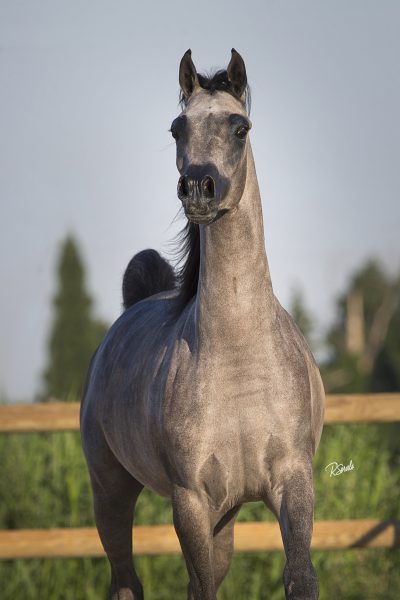
Raoud Albidayer. Credit Sorvillo.
TABM: Please share key moments that stand out in the early stages of your breeding programme?
Dawn: We still consider ourselves in the early stages of our breeding programme as we are still utilising those first mares purchased. We had a slow start with only a few foals produced in the first years. With those, we produced several champions but the one that stands out is Kanz Albidayer. He is of course a cross of those Padron lines, being a son of Ajman Moniscione (WH Justice x Anthea Moniscione by Padrons Ghibli) combined with the full sister to Marajj, DL Marielle. Kanz was an instant success, being named Junior Champion in all but one of the shows in the UAE, where he was Reserve Champion. This was in the time that there were no yearling classes and the yearlings had to show against two and three year olds in the Junior Championships. Kanz was always the youngest colt at the show, and always the first to show in extremely large and competitive classes, so for him to have this success at that age was incredible. What we are most proud of is that he has gone on to produce so well. One of his first foals in Europe to be shown was a Bronze World Champion, Luigi (ex Lolita by Om El Bahreyn out of SA Donna Karan), and has won many championships throughout Europe. Kanz is continuing to produce champions and this is a very exciting thing to watch.
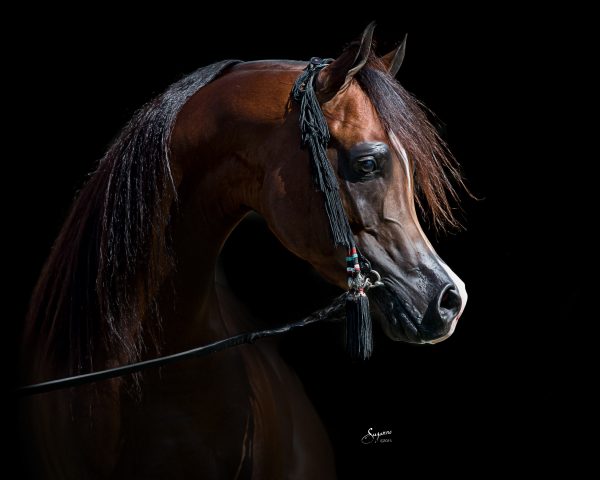
TABM: When was it that you realised that you were a successful breeder? And what, in your opinion, defines a ‘breeder’?
Dawn: The term ‘successful breeder’ is vague. Everyone, with luck, can breed one or two successful horses. To become a real breeder takes generations of breeding and we are actually only on our first generation. We only have a handful of mares bred by us that are of breeding age, and maybe only one or two that have produced more than one foal. We still need time to accomplish our goal and I don’t think any breeder, even ones that have been around for 30 years or more, ever stop evaluating and seeing where they can improve. A breeder is someone that doesn’t stop trying… They do not get stuck in one fashion and are willing to move forward continually. We will continue to move forward – evaluating, correcting, and trying to take a step forward with each generation we breed. Making choices based on each individual mare, not necessarily what stallion happens to be the most popular or well known at the time.
TABM: As a breeder, how do you feel about the showing world? Do you think that changes are needed to celebrate breeders more?
Dawn: Of course the showing world for most is the end goal. The World Champion. The US National Champion. This is what they are going for. However, there are many things that can influence who becomes the champion at any given time, and it does not always have to do with which horse is the best. The show world has many times dictated the direction of everyone’s breeding programmes, sometimes to the detriment of the breed. What becomes fashion isn’t necessarily the most correct and balanced horse. How many times do we see a 20 in head and neck, when the horse has a 20 head and a 17 neck? So people breed for the 20 heads – knowing that the 17 neck will be forgiven. However the reverse isn’t true. The 20 neck and 17 head will never receive 20 in head and neck. If the horse with the 20 head happens to have terrible legs, it will get a 16 instead of the 14 it probably deserves. Or the horse with a well-shaped neck, in balance with the body, with a good tight throat, is placed lower than a long-necked horse that isn’t so balanced – simply because its neck is long. I think the changes to celebrate the breeders are already taking place, with the Arabian Horse Organization breeder/owner shows, and some of the breeder only shows that have started in the USA. I hope this continues.
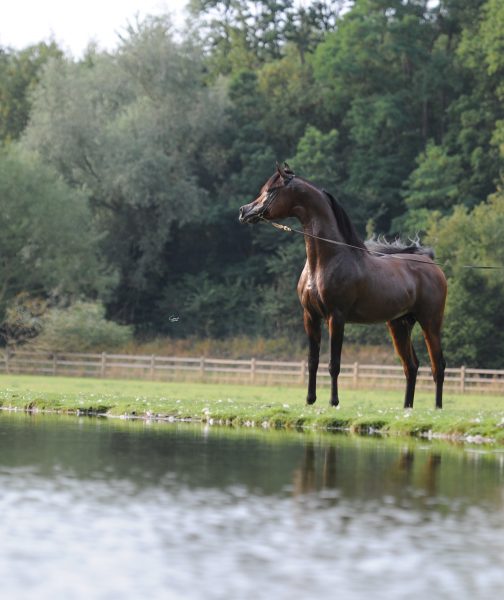
Marajj. Credit Elisa Grassi.
TABM: Do you think that breeders are a dying breed, pardon the pun?
Dawn: If there are people with horses, there will always be people breeding horses. What we are seeing now in some of the larger farms is, unfortunately, mass production, and that is being mistaken for being a ‘breeder’. Take the biggest name stallions, and breed 100 or more foals. It is a numbers game. Some will turn out. I am not sure whether or not you can consider those people as ‘breeders’. There are very few places where you can still see three generations of mares at a farm, all standing next to each other in the paddock. We keep to a lower number of foals. Kanz was born in a year where we had around eight-to-ten foals born. Mozn Albidayer (SMA Magic One x Mattaharii) was in a year with eighteen foals. That year Mozn was born, we had several other very good foals born and had four or five champions from those eighteen. Other farms that we compete with are producing 40-100 foals.
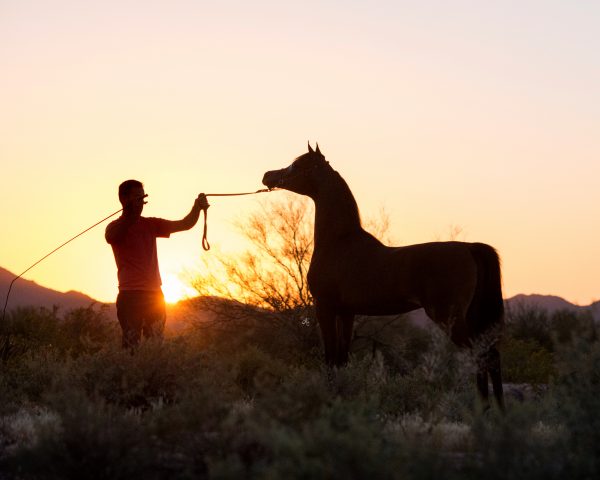
Rajj Albidayer. Credit Kelly Campbell.
TABM: Do you think that breeders and dedicated breeding programmes still have a place in the world today?
Dawn: Unfortunately, it seems most of the dedicated breeders have now been forced to use newer, ‘popular’ lines in order to keep their next generation of horses marketable because the new people in the business who are ‘in it to win it’ only know a few names. This is making it harder and harder to find the unique programmes and horses with which to outcross. Soon, all the farms will have only the same few horses in their programmes. It is a shame and I hope that the people with dedicated programmes will keep with their original lines. Already, you see a trend in people wanting to find something different, and it is very difficult. In another few years, it may well be impossible.
TABM: Over the years, what have been your key successes, perhaps the ones that define your farm?
Dawn: Honesty and integrity.
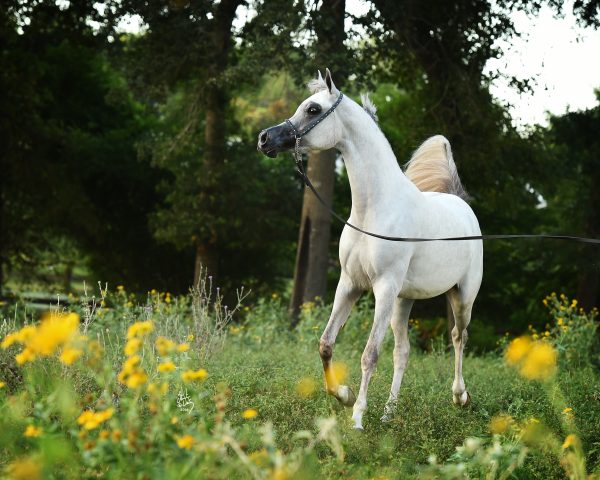
Mozn Albidayer. Credit Stuart Vesty.
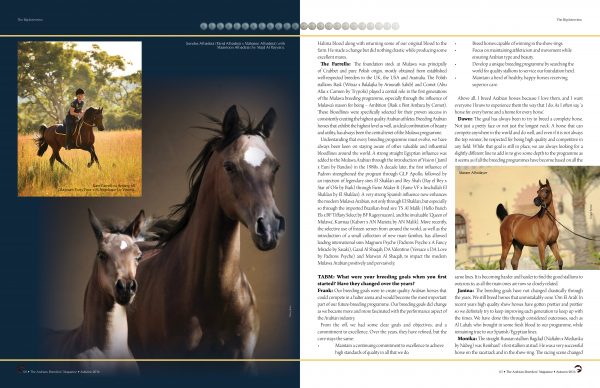
First printed in The Arabian Breeders’ Magazine Volume I Issue I September 2016. To enjoy further content such as this, please visit The Arabian Magazine Shop.
